11 Benefits of Grasses
What are grasses?
Grasses are graminoids or rosette-forming herbaceous turfs with narrow leaves. True grasses are flowering monocots and belong to the Gramineae, Cyperaceae and Juncaceae family. Cereals such as rice, wheat, maize, lawn grass, bamboo are true grasses of the Family Gramineae or Poaceae. The Cyperaceae include many wild sedges, marshes and grassland plants, including some cultivated water chestnut and papyrus sedge. The Juncaceae include the commonly known the rush that look like grasses and sedges. The Grassbase of Kew garden reported the existence of 11,313 species, 713 genera, and 64,223 names in the year 2014.
Grasses: Benefits to Environment
When we think of grasses, we kind of has a feeling that they are weeds, that are of no use to our life. But nature has provided everything on earth with a purpose and for the well-being of mankind. Grasses are no exception! Today we will find out about the benefits a vastly important species of crop—-the grasses.
1. The Poet’s Expression
The poet has associated the grasses to one’s caring for oneself. The greenness of the grass has been used as a metaphor to divert feelings of enviousness that arises from an otherwise thought of grander situation.
2. Benefits of grasses as food
There are innumerable benefits of grasses, one could not have imagined. The grasses serve the greatest amount of food for humans and animals. Rice, wheat, maize are cereals which are the staple food of the largest world’s population come from this family.
The grass is an essential feed of livestock. We often can see haystacks in villages of underdeveloped countries. In advanced countries, grasses are used for producing silages for long-term animal feed. As grasses grow from close to the earth, they serve as a feed of grazing animals such as cow, buffalo, deer and even insects like grasshoppers and caterpillars.
Grasses are the best turf for playgrounds such as cricket field, tennis lawn and golf courses. It gives a lot of joy to play in a lovely green ground.
The sprouted grain shoots and rhizomes are fermented to make whisky or low-cost beer. Besides, the green or dried grasses are used for making thatched houses, the bamboos for construction and house building, for fuel and for weaving crafts, basket, ropes, etc.
3.Benefits of grasses in air pollution
Grasses like any plants absorb carbon dioxide and release oxygen. This purifies the air. Lawn grasses absorb dust and dirt of automobiles, factory wastes and vehicle fumes. These gaseous substances are trapped and used by the soil. As they are never re-released the environment over the grass lawn remains clean and pure. Relaxing in the beautiful lawn is a healthy way of spending time. A 25 square feet of healthy lawn is known to produce enough oxygen in a day to support one person for one day!
4.Beauty of the Lawn
The benefit of grasses in beautifying the lawn has come through ages. Can we believe a home garden or a public resting place without soft turf grasses? Having a party or a cup of tea in a lawn of green grasses is one of the delights of life.
5.Benefits of grasses in Capturing and Improving water quality
Grasses capture rainwater to recharge our groundwater supplies. The tips of the grass leave capture raindrops which trickle down to the soil. Studies conducted on research of grasses show a spectacular quality of grasses in purifying water. Roots of grasses act as a filter removing contaminated particles from storm water. As a result runoff rate is low towards the stream if the surrounding stream has heavy and healthy grasses.
6. Improves and prevents soil erosion
A stand of grass with its strong adventitious root system stabilizes the soil with its roots. Thus, grasses are known to prevent soil erosion around river banks and streams. Soil and river banks are protected by grasses during heavy rain and strong waves. These marshland grasses such as papyrus, cattails, sedges, and sawgrass, prevent river erosion and protect the ecosystem. Dead roots build up the organic matter of the soil. Along with increasing the fertility of the soil and the improving the quality of water the benefits of grasses are fabulous!
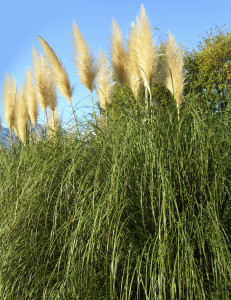
Benefit of Pampas grass in soil erosion
7. Prevent Noise Pollution
The beautiful greenery of grasses around the landscaping deflects sounds and noises of traffics and factories. It is wonderful to landscape your environment with the desired ornamental grasses. Grasses and plants are known to reduce noise levels by 20 – 30% in comparison to hard surfaces. A great benefit of grasses on keeping you away from noise pollution!
8.Benefits of grasses in preventing glaring light
Grasses and bushes keep away the glaring sun. They partially hide the direct light of the sun to strike in the yards. The sunlight may be reduced by 15%.
9. Benefits in cooling the environment
Grasses provide a significantly cools effect to the environment. A lawn cools the air in summer up to 30 degrees compared to a paved one. Ornamental grasses around the house reduce ambient temperature and cuts down energy demand acting as nature’s air conditioner.
10. Grass Provides Urban Habitat
Grasses in urban areas and landscapes serve as habitats for birds and animals. The benefits of 1urf grasses serve as forage for wildlife, small mammals and birds.
11.Changes your mood
The ornamental grasses change the beauty of a landscape, a garden and your home. The soft musical sound in a windy weather is soothing. The blooming flowers are a beauty of nature that can change your mood. Sad moments can be changed happiness with a stroll in the bush. The ornamental benefits of grasses to our mind and mood are unimaginable!

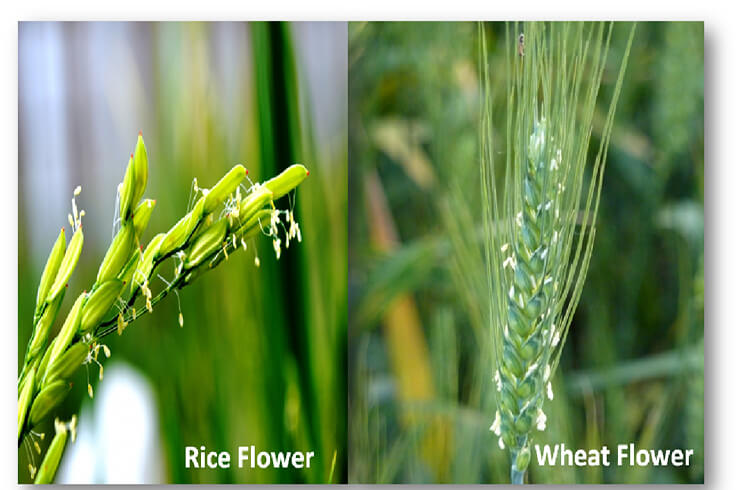
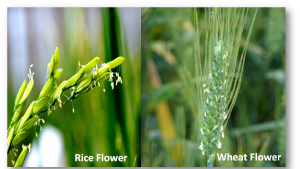
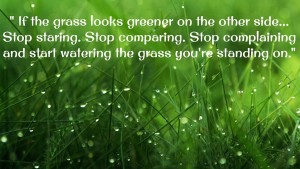
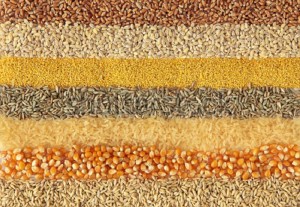
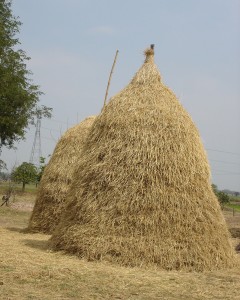
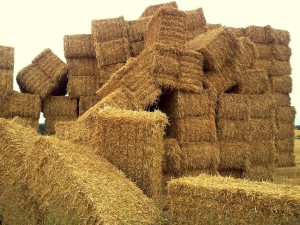



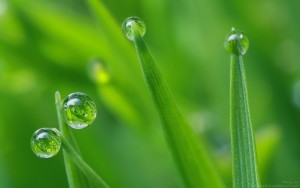
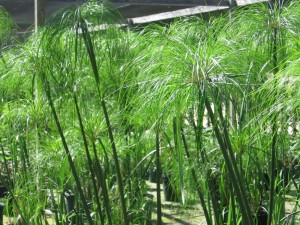
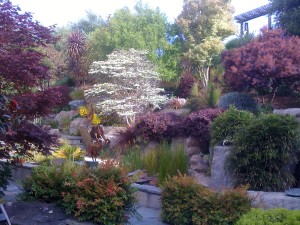

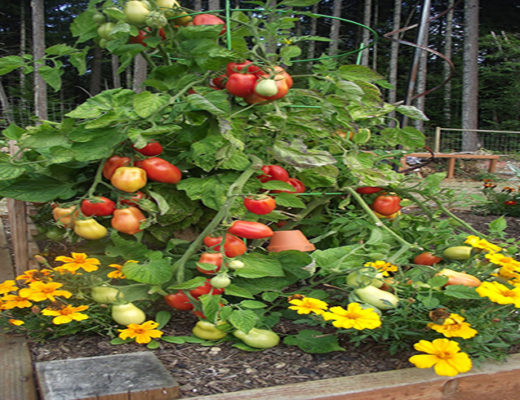
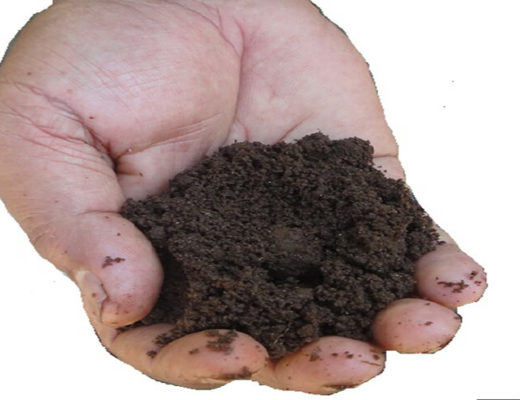

No Comments